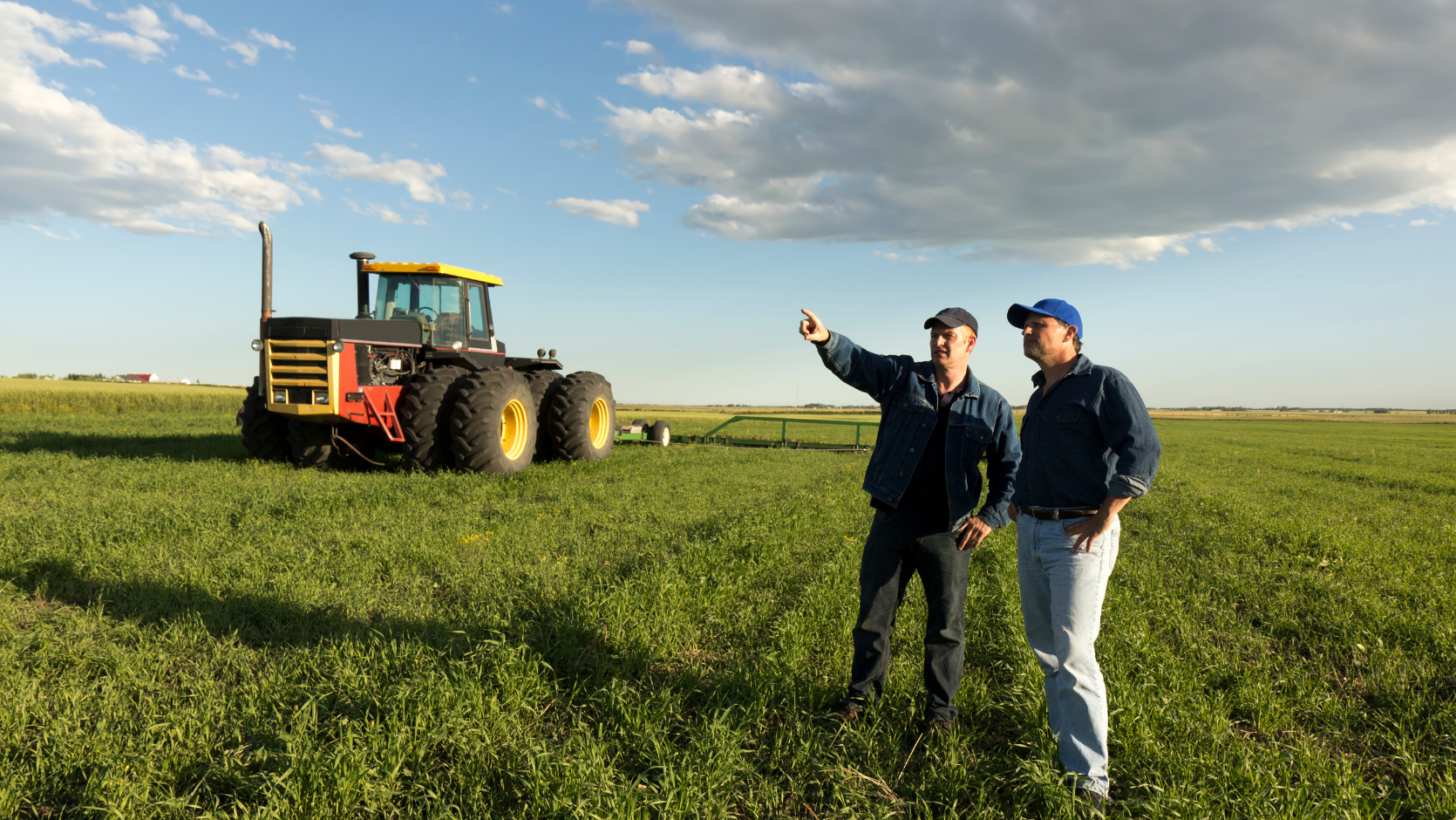The Facts
Injured worker receives weekly compensation benefits and lump sum payment
In September 2000, a worker fell while pushing a wheelbarrow in the course of his employment.
He suffered significant injuries to his leg and made a workers compensation claim.
The employer’s insurer accepted liability. It paid the worker’s treatment expenses and ongoing weekly benefits, along with a lump sum payment for permanent injury.
In June 2012, the worker fell when his leg gave way, breaking his wrist and significantly injuring his back. Under workers compensation law, these injuries were treated as being part of the initial work injury.
New law commences that weekly payments cease after 260 weeks unless permanent impairment greater than 20%
On 1 October 2012, a new workers compensation regime commenced, including the introduction of Section 39(1) of the NSW Workers Compensation Act 1987.
Section 39 provides that a worker is not entitled to weekly payments in respect of an injury after an aggregate period of 260 weeks of weekly payments.
This is loosely referred to as the five year rule, because for people with long-term injuries who receive continuous payments, the 260-week limit works out to be five years.
Under section 39(2), if a person with long-term injuries can establish through medical evidence that their permanent injury exceeds a “20% of Whole Person Impairment” threshold, then they are entitled to continue receiving weekly payments after the five year cut off period.
Worker’s weekly compensation payments cease on 26 December 2017
Under section 39, weekly payments made before 1 January 2013 are not counted towards the 260-week period.
Therefore, the worker reached the 260-week limit on 25 December 2017, being 260 weeks after 1 January 2013.
The insurer ceased paying the worker’s weekly benefits from 26 December 2017.
Worker disputes cessation of payments and payments reinstated from 16 July 2018
On 6 April 2018, the worker made a claim for ongoing payments of weekly compensation, arguing that his permanent impairment exceeded the 20% threshold under section 39(2).
The insurance company denied the claim, triggering a medical dispute between the worker and the insurance company under the workers compensation law.
This dispute was finally resolved on 16 July 2018, when a medical assessment certificate was issued certifying the worker as having 21% permanent impairment.
The worker’s payments were reinstated by the insurance company from 16 July, but the company refused to pay benefits for the intervening period from 26 December 2017 to 15 July 2018.
Worker goes to court seeking back payment for period from 26 December 2017 to 15 July 2018
The worker then went to the Worker’s Compensation Commission, seeking payment for the period between 26 December 2017 and 15 July 2018.
The arbitrator at the commission decided in the worker’s favour, ordering the insurance company to pay the missing six months’ compensation.
The insurance company appealed the arbitrator’s decision to the President of the Worker’s Compensation Commission. The President ruled in the insurance company’s favour, finding that the worker was not entitled to back payment.
The worker appealed the President’s decision to the NSW Court of Appeal, Supreme Court.














Expert commentary on the court's decision
Court rules in favour of worker
In Hochbaum v RSM Building Services Pty Ltd; Whitton v Technical and Further Education Commission t/as TAFE NSW [2020] NSWCA 113, the NSW Court of Appeal, Supreme Court ruled in favour of the worker, Mr Hochbaum.
The court ordered the insurance company of the employer, RSM Building Services, to pay Mr Hochbaum compensation for the period from 26 December 2017 to the date on which weekly payments resumed in July 2018.
Because of the important issues involved in this case and the far-reaching consequences for many aspects of workers compensation claims which arise from conflicting interpretations of the law, the Court of Appeal considered the legal principles in detail.
Liability for permanent impairment dates from injury, so worker cannot lose then regain right to compensation
Section 39(3) says that for the purposes of section 39, the degree of permanent impairment that results from an injury is to be assessed as provided by specifically enumerated legislative provisions.
Injury and impairment are different concepts.
Mr Hochbaum was injured at work in 2000. As a result of that injury, he was left with a significant impairment, which got worse in 2012.
It commonly takes time for the extent of permanent impairment to be known, often delayed by surgery, complications, slow recovery or “not wanting to make a fuss”.
There is a consistent line of case law dating back more than 90 years establishing that the right to compensation arises from the injury, even though it may take some time to work out how much compensation must be paid.
The Court of Appeal confirmed this interpretation of the law, saying, “It is the injury, rather than the impairment, that attracts [the exemption from the five year cut off] … Liability for permanent impairment dates from the injury, regardless of when it is ascertained.”
Therefore, as long as the resulting impairment satisfies the 20% threshold, the timing of the assessment is irrelevant.
Accordingly, the court rejected the insurance company’s argument that under section 39 a worker can lose, but then regain the right to weekly compensation.
Assessment not mandatory for exemption from 260-week limit to apply
The court rejected the insurance company’s argument that section 39(3) requires that a formal assessment culminating in a medical assessment certificate must occur before a worker is exempted from the 260-week limit in section 39(1).
Rather, an official assessment and certification under section 39(3) is not mandatory. Nor is it a precondition to the exemption under section 39(2).
Official assessment is merely a methodology and process for measuring impairment if there is a dispute about whether a worker is within the exempt class under section 39(2).
On this construction, the 260-week limit in section 39(1) never applies to a worker whose degree of permanent impairment resulting from the relevant injury exceeds 20%, and the worker is protected against having their weekly compensation payments cut off after five years.
No windfall if worker belatedly determined to have impairment in excess of 20%
The Court of Appeal also noted that “there is no ‘windfall’ for a worker” who is belatedly determined to have an impairment in excess of 20%.
This is because entitlement to weekly payments under workers compensation, including after the 260-week limit, are always subject to the work capacity test.
In other words, the worker still needs to show that the injury reduces their capacity to earn a living.
Incentive removed for insurance companies to delay assessments
In an article I wrote in 2019, I noted that the President of the Worker’s Compensation Commission’s decision in this case gave priority to protecting insurance companies against the potential uncertainty of when they might be required to make substantial back payments.
The President’s ruling gave a strong incentive to insurers to delay the assessment process, since they would not be required to make back payments in relation to the delay.
The result was to ignore the much more significant impact upon injured workers of being forced to wait months for payment, without any prospect of ever being paid for the period of the delay.
The Court of Appeal’s decision fixes this problem. Insurance companies once again have a real incentive not to allow unknown back payments to accumulate.
They will instead be motivated to take the initiative to reach agreement with workers about the extent of permanent impairments, particularly where the injuries are serious.